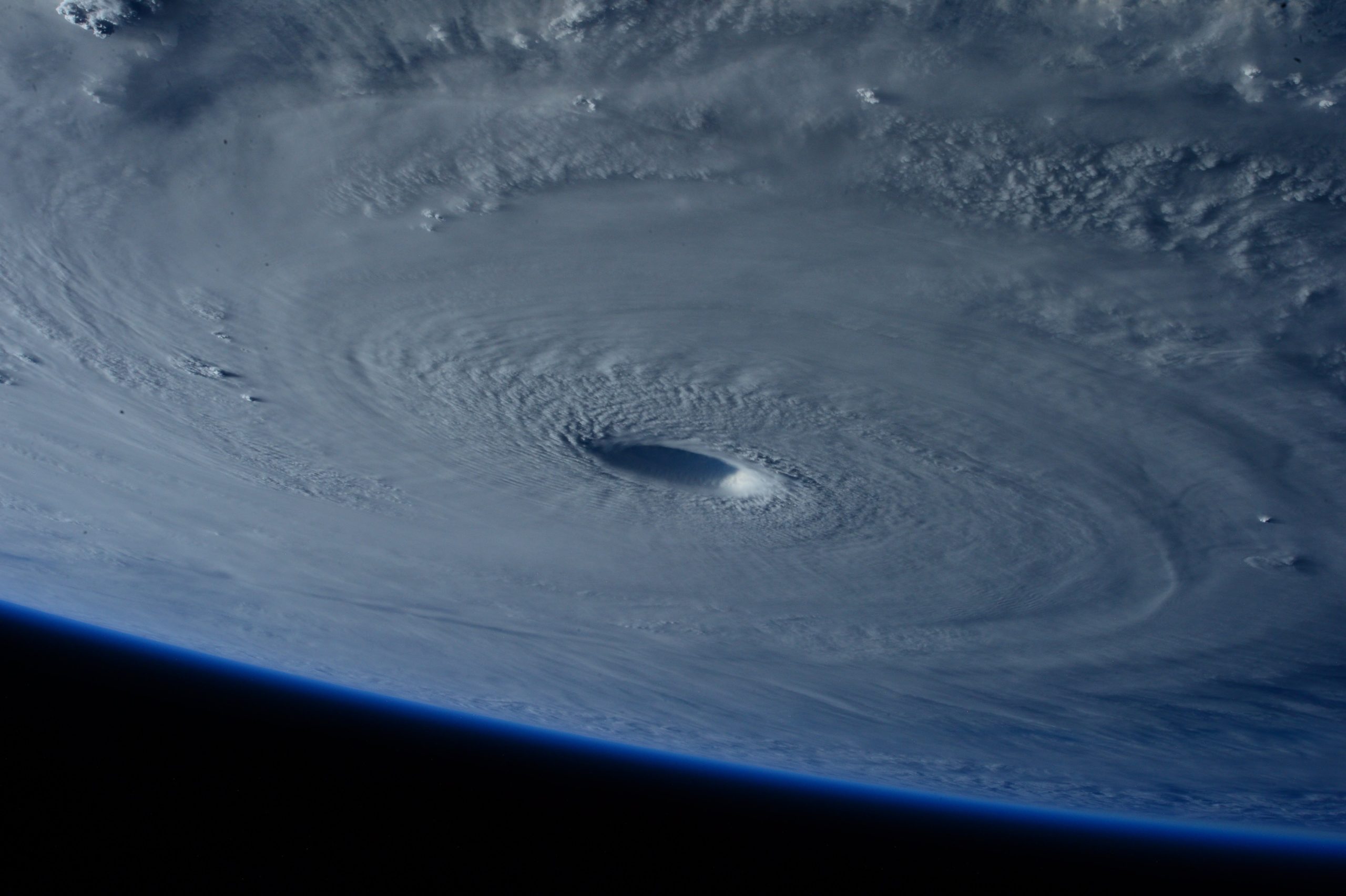
THE HURRICANE PROOF ROOFING SYSTEM (PART 1)
INTRODUCTION
Looking for a hurricane-proof roof for your commercial application? Certainly given the recent news of catastrophic damage across Florida and the southeastern United States, many commercial building owners, landlords, and businesses will be seeking to repair or replace their flat roofs or other commercial roofs. The recent storm cost 100 lives and is estimated at $50 billion in associated insurance losses.
One roofing contractor in Orlando estimated his company will replace 1,500 roofs over the next 24 months. The reality is, it doesn’t have to be like this.The technology and materials exist—right now—to effectively hurricane-proof your commercial roof.
THE FACTS
Spray Polyurethane Foam roofs simply stand up to hurricane elements better than any other material. Underwriters Laboratories (the global safety giant that certifies and provides regulatory compliance standards for nearly every industry) found that “the application of sprayed foam to steel deck and plywood deck demonstrated uplift load resistance up to the capacity of the test equipment to develop load (160-165 PSF) without any sign of elimination or other damage to the foam.” Or in other words, spray foam roof material exceeded their testing capabilities.
“SPF has tenacious adhesion, and there’s no way it will ever blow off,” says Richard Fricklas, founding father and former technical director of the Roofing Industry Educational Institute. “It sticks to anything with very high pull-off strength. The minimum strength of SPF would be about 10 pounds per square inch, and most blow-offs concern pounds per square foot. Even if the blow-off strength were only 1 pound per square inch, by the time you multiply it by 144 square inches in a square foot, that would still be 144 pounds per square foot of wind uplift resistance.”
BREAKING DOWN PRESSURE
Considering how velocity pressure affects roofs will give an understanding to your roof’s ability to withstand hurricanes. In the chart below from the American Society of Civil Engineers, you’ll see how wind speeds (mph) correlate with velocity pressure, measured in PSF:


This is a tricky scenario, however. When hurricane-force winds strike a building, they typically are a direct or constant force. Air pressures will vary significantly across the surface of a structure, creating an increased possibility of damage due to the varying conditions. Wind Uplift is a leading cause of injury to roofs during a hurricane.
UNDERSTANDING WIND UPLIFT
Wind uplift occurs when a vacuum is created. This vacuum appears when there is a rapid loss of air pressure (from high winds) or a disruption to the laminar flow of air around the building. Much in the way, the different contours of an airplane wing create different air pressures that result in lift; these different air pressures can turn your commercial roof into a giant airplane wing and generate positive lift on the roof surface. Anywhere there is a rise in slope, as air quickly passes over the rise, a vacuum is created underneath as higher-pressure air flows faster on the underside.
WHY IS WIND SPEED ONLY PART OF THE EQUATION
Building codes have sought to protect against the risks of these harsh conditions in Florida and other areas most susceptible to hurricanes. Many new regulations have standards to hold up against Category 3 (120 mph sustained) winds. However, we discovered during Hurricane Ivan that it sustained wind speeds of ~109 mph, yet many buildings built to spec failed. Specifically, windows, roofs, doors, and wall surfaces succumbed to massive damage, despite being built to withstand these conditions.
Roof systems need to not only withstand direct wind speeds but also adhere to the substrate that can withstand wind uplift from varying pressures that hurricanes bring to bear on commercial buildings and roofs. Study after study has concluded that when total destruction of a structure occurs during a storm event, it is most often the roof failure that leads to the collapse.
When windows or garage doors are damaged during a storm, the air pressure inside the home increases (from high wind speeds now moving through the building). As mentioned previously, like an airplane wing, lift is created when airspeed/pressure is higher underneath a surface. The increased air pressure is similar to inflating a balloon; the building begins to inflate and lift. Metal warehouses and manufacturing facilities can be especially vulnerable to this issue.
SPF roofing systems are the uncontested best in the industry for wind lift resistance, the leading cause of building destruction during storm events.
WHAT ABOUT DEBRIS, WATER, AND HAIL?
Wind uplift (while being the primary issue) is not the only cause of hurricane damage to roofs. In our next installment, we’ll look at the superior performance of closed-cell SPF roofs against damage or failure from debris, water infiltration, flooding, and hail.
In the meantime, we’d love to chat about how our industry-leading Rugged Roofing System can secure your commercial building against the elements and give you absolute peace of mind to weather the storm. Contact us today, or click here to learn more about the Rugged Roofing System!


